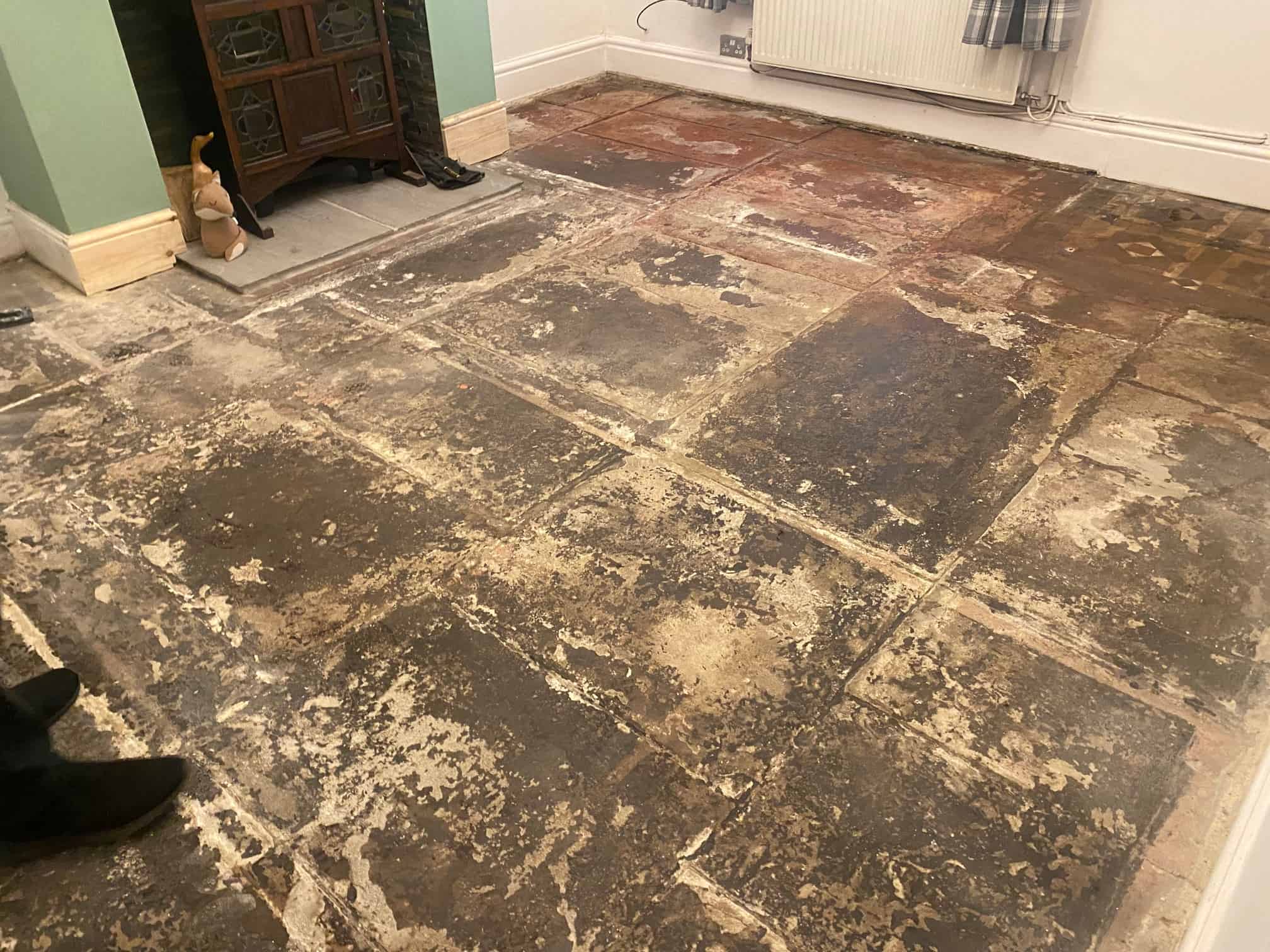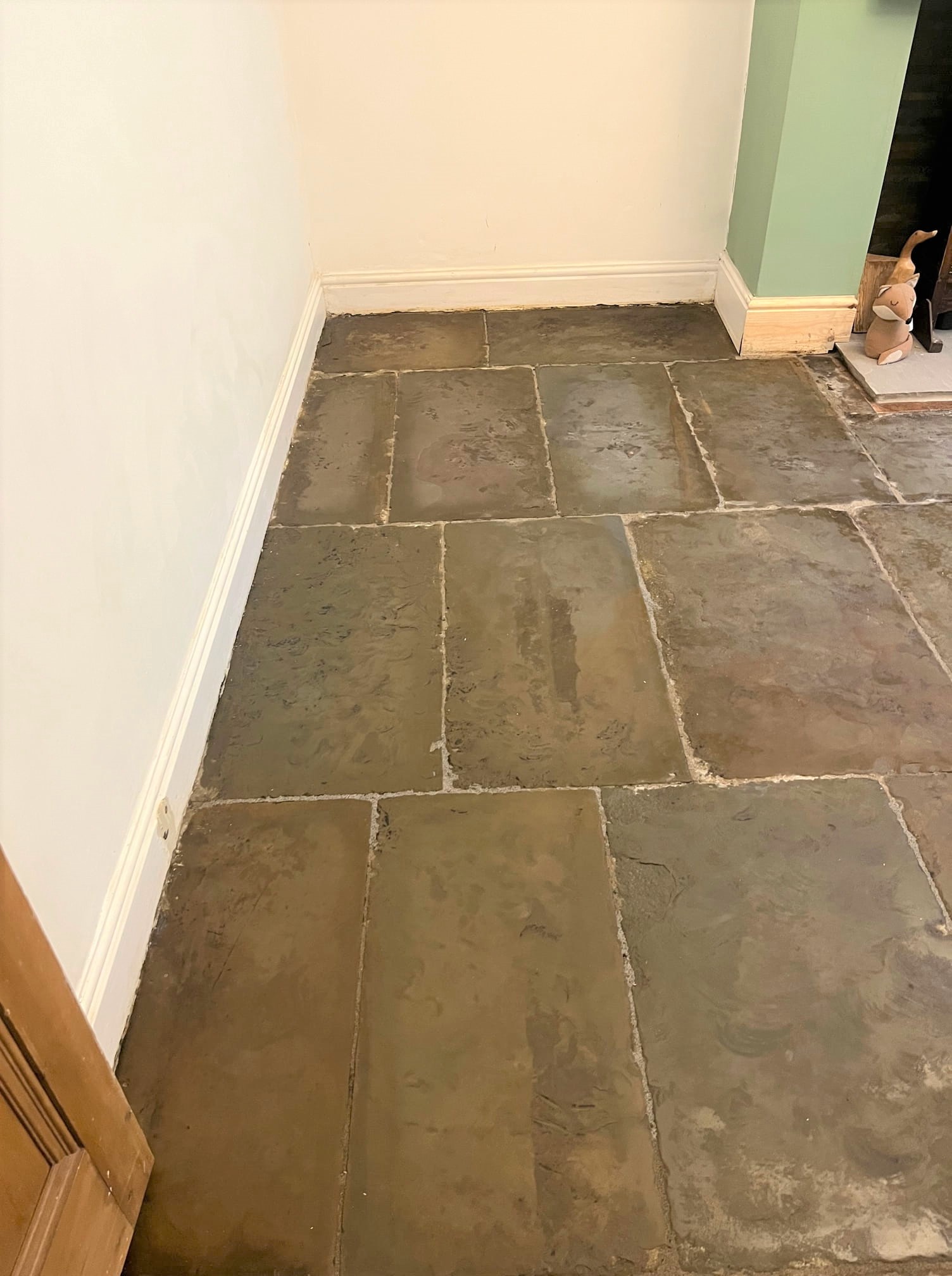Sunday, May 21, 2023
Putting the Shine Back on Encaustic Floor Tiles in Hemswell Cliff Lincolnshire
Thursday, May 18, 2023
How to Finish Walnut Flooring
Walnut flooring is a great way to add beautiful detail to your home. The strongest type of walnut flooring is Brazilian flooring which is ideal for kitchen flooring. Brazilian walnut flooring is more durable compared to the standard black walnut flooring. It is also three times more durable than oak.
Applying finish to your walnut flooring will increase the lifespan of your walnut flooring as well as protect it from damaging elements such as water. Below are the materials that you need along with the instructions on how to finish walnut flooring.
What You'll Need:
- Trisodium phosphate
- Wood putty
- #36-, 80-, 100-, 220-grit sandpapers
- Drum sander
- Edging sander
- Wet/dry vacuum
- Tact cloth
- Wood sealer
- Stain
- Polyurethane
- Orbital sander
Step 1—Floor Cleaning
Step 2—Prepare the Wood Surface
Step 3—Sanding
Step 4—Use a Vacuum Cleaner
Step 5—Second Sanding
Step 6—Third Sanding
Step 7—Apply Sealer
Step 8—Apply Stain
Step 9—Stir Polyurethane
Step 10—Brush Polyurethane
Step 11—Fourth Sanding
Step 12—Brush Another Coat Of Polyurethane
Wednesday, May 10, 2023
Lancashire Stone Expert Details how to Resurface Old Flagstones using Coarse Milling Pads
The client said when he moved into this house in Lytham St Annes late last year that this room had a really bad smell of damp. The Flagstone floor was covered in carpet and he had the impression that the previous owner’s cat had been known to use it as place to pee!

 |  |
Cleaning and Repairing a Flagstone Tiled Hallway Floor
Milling stone is not a low-cost option, but it is a lot more cost effective than pulling up the whole floor and putting in a modern subfloor. Milling involves using a weighted buffing machine fitted with different grits and grades of coarse Diamond encrusted pads which cut into the surface of the stone to reveal new stone underneath, you then apply finer pads to hone and refine the surface.Sealing a Flagstone Tiled Hallway Floor
The milling, re-pointing and cleaning work took two days and we returned for a third day to apply a breathable sealer called Tile Doctor X-Tra Seal. This product is fully breathable and a great choice for any floors where damp can be a problem as it will allow for moisture to rise through the stone and evaporate at the surface. Being oil-based it also adds character to natural stone and adds an appealing low satin finish. |  |

Thursday, May 4, 2023
5 Tips to Protect Your Hardwood Floors and Plumbing From Winter
Winterizing your home is a necessary project to take on if you live in colder temperatures. Failing to do so puts home owners at risk of facing costly repairs and consequences come spring. In order to prepare your home for the dropping temperatures, we spoke to experts in the wood renewal and plumbing industries to learn essential tips.
Hardwood Floors - Dave Murphy, Training Director for N-Hance Wood Renewal, a national franchise that is the trusted partner of The Home Depot for the renewal of hardwood floors and kitchen cabinets, provided us with tips on how to protect wood floors:
Prevent Rock Salt Damage
Rock salt can cause severe damage to hardwood floors. Not only can it stain the floor, but the rough crystals can scratch it up. Some people say that salt stains can be cleaned with vinegar and water. However, this method should be avoided. Vinegar can leave residue and excess water can ruin hardwood floors.
To help prevent the problem in the first place, place a sturdy mat both inside and outside of every entrance of your home and have guests remove their shoes upon entering. Furthermore, homeowners should sweep frequently, and mop when needed with a neutral floor cleaner to help protect floors from salt buildup.
Prevent Shrinkage from Dry Air
During the winter, in the air dryness and temperature change can cause hardwood floors to shrink, which creates spaces between boards. If the humidity is not right, it can cause a lot of damage to the floors. Homeowners should have a humidifier on hand and keep the humidity level as constant as possible throughout the year. The same goes for temperature. Huge swings in temperature cause the wood to shrink and expand.
Drain Excess Water
In order to prevent your garden hoses and air conditioner pipes from freezing, be sure to always drain them before the cold temperatures arrive. A frozen garden hose can become the source of various issues, such as a decrease in water pressure or a weakening in the lining of the hose, while a frozen air conditioner line can cause leaks or breaks in the unit. Also, make sure you turn off the AC water shut-off valve.
Insulate Your Pipes
By insulting pipes, you will not only help prevent them from freezing, but it can potentially allow you to save money on bills. It will reduce the amount of time it takes for your water to heat up and will raise temperatures by a couple degrees. The most important pipes to insulate are ones located in areas of your house that aren’t heated, such as in the garage or attic.
Clean Your Gutters
It is essential to make sure your gutters are cleaned before freezing temperatures hit your area. If water can’t flow freely through your gutters, icicles can form causing damage to shingles and backing up the gutter. This leads to clogs, water leaks and various other unexpected issues.
Source: www.DoItYourself.com

